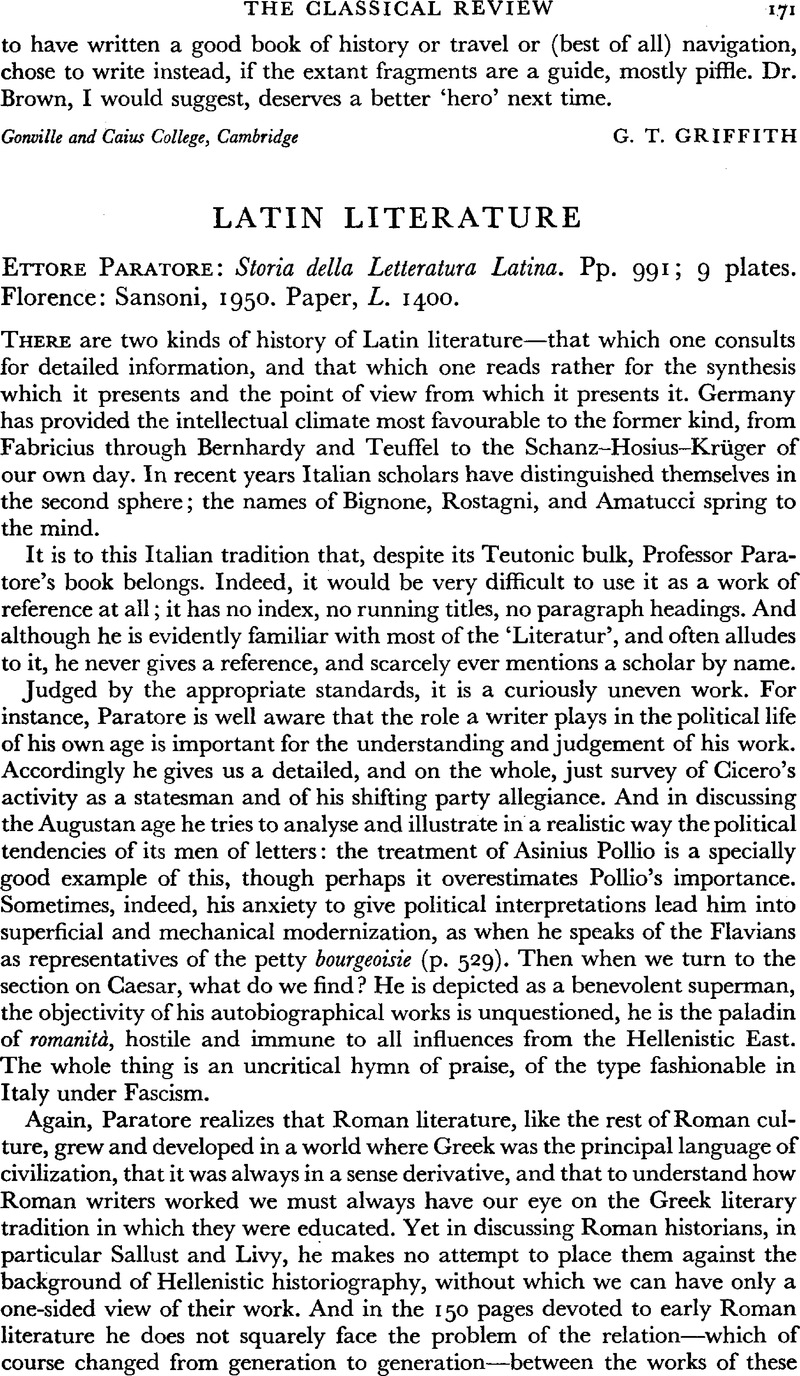No CrossRef data available.
Published online by Cambridge University Press: 13 February 2009

page 172 note 1 Cf. particularly the famous choral ode, II. 332–75:
page 172 note 2 Cf. particularly Theseus' speech, II. 196– 218:
page 173 note 1 The distinction is perhaps most clearly and succinctly stated in G. J. Theocharides, Beiträge zur Geschichte des byzantinischen Pro-fantheaters im IV. und V. Jahrhunderts (αOϒραφίας IIαράρτημα 3), Salonica, 1940, p. 10.
page 173 note 2 What he says is: ‘hinc (from the general belief in the efficacy of dirae deprecationes) Theocriti apud Graecos, Catulli apud nos proximeque Vergilii incantamentorum amatoria imitatio’ (N.H. xxviii. 19).
page 173 note 3 He was a Roman from Pannonia, the son of one Tatulus. Cf. Seeck, O., Geschichte des Untergangs der antiken Welt, vi. 377Google Scholar; E. Stein, Geschichte des spätrömischen Reiches, 585–6, and sources there quoted.
page 173 note 4 The main vehicle through which the Romance became known in the West was the version made by the Archipresbyter Leo of Naples about 960 from a manuscript brought from Constantinople.